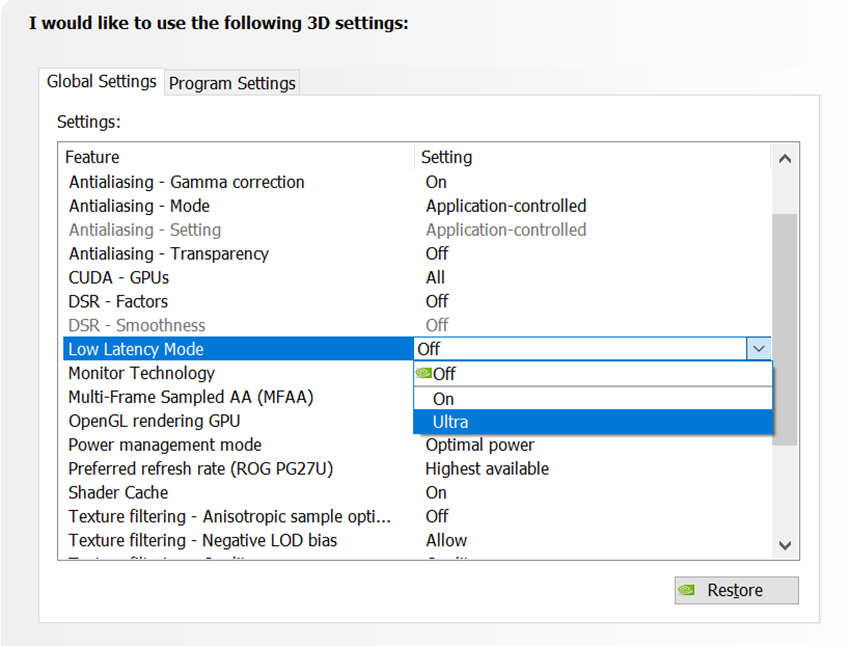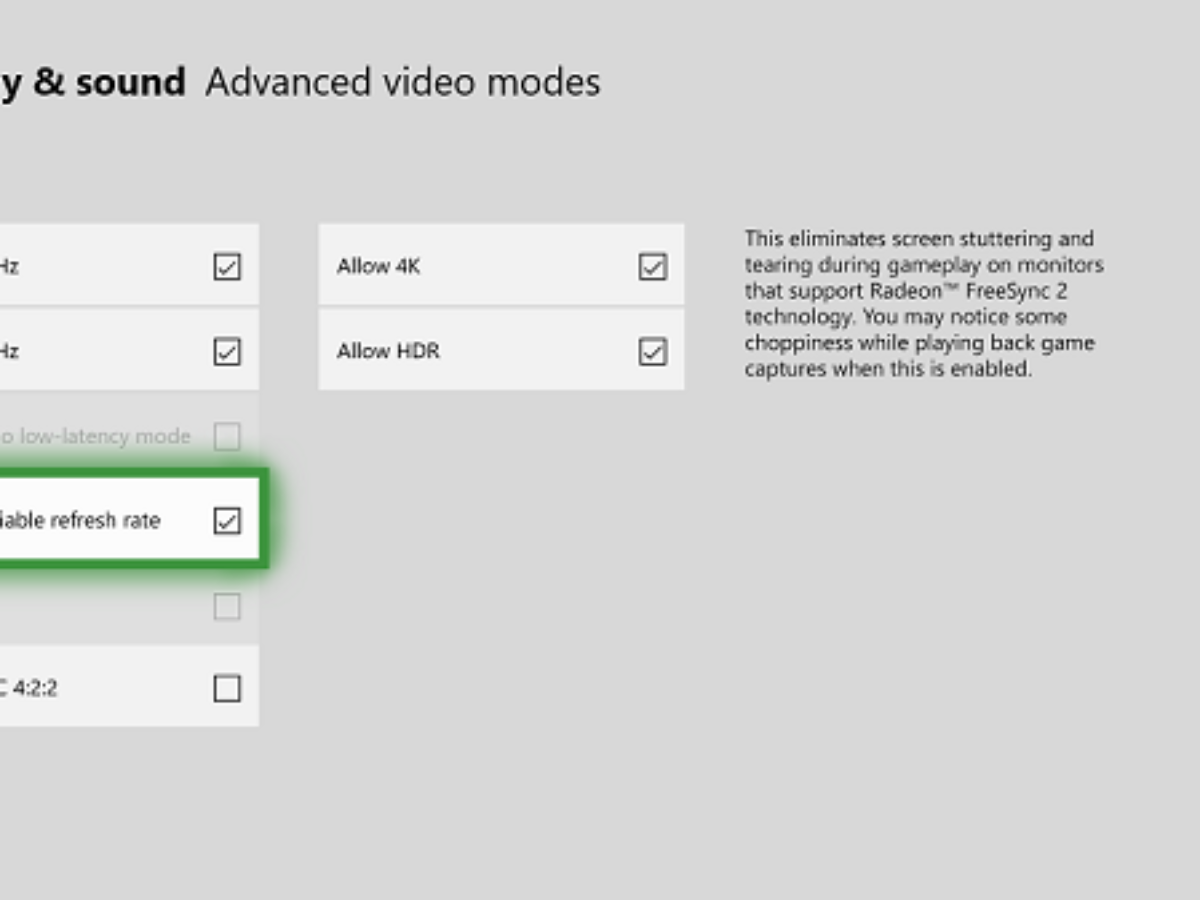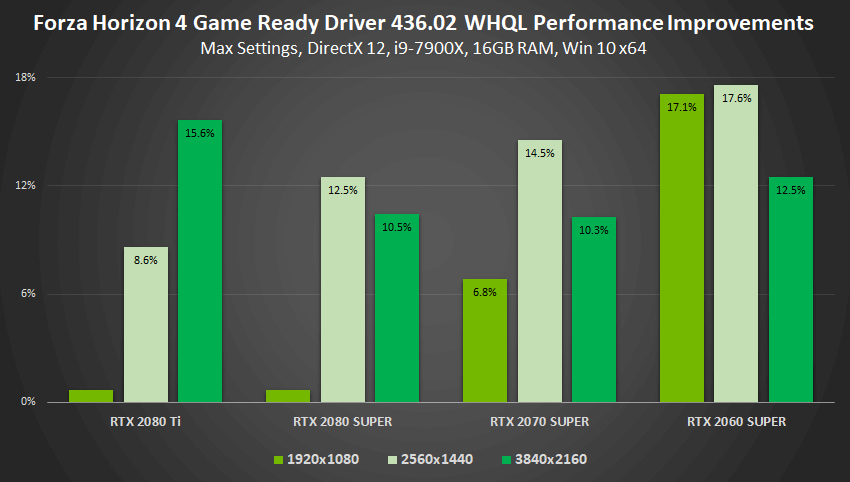
© Provided by What Hi-Fi? Sony Ready for PS5
With the PS5 and Xbox Series X just around the corner, a lot of attention is being focused on gaming-specific features introduced as part of the HDMI 2.1 spec.
Much of that attention is focused on 4K@120Hz (also known as High Frame Rate or HFR) and VRR (Variable Refresh Rate), both very advanced features that are currently available on very few TVs.
By comparison, ALLM (Auto Low Latency Mode) is a far simpler little feature that won't transform your gaming experience as such, but will subtly improve the experience of living with a TV that's used for gaming as well as TV- and movie-watching. Best of all, its relative simplicity means it's already available via lots of TVs and existing consoles – even those that don't have HDMI 2.1 sockets.
It cleared up some latency issues, but not all of them. I'm still getting spikes and valleys. OBS bandwidth usage spikes and then dips for about half a second every 20seconds or so. Turning on the low latency mode limited how often this happens, but it still happens. I'll have to try CBR later tonight. I haven't streamed in over a month. Enable Ultra Low Latency Mode; Scroll down to Vertical Sync and select On, either on a global or per game basis, and apply changes; Navigate to “Set up G-SYNC” on the left nav of the NVIDIA Control Panel; Enable G-SYNC and apply changes (note, if your monitor supports G-SYNC and ULMB, ensure “G-SYNC” is selected under the Monitor. 4) Low-Lag mode set to Ultra with the in-game option to limit fps turned OFF (so, normally this would limit the game to 63 fps based on my tests). This is where stuff gets weird - now, the game was suddenly totally uncapped - it reached the cap of 138 imposed by Nvidia on 144 hz G-Sync monitors when Low-Lag mode is set to Ultra in fact. May 05, 2018 Go to Settings Display & Sound Advanced Video Modes Select Allow variable refresh rate. It supports AMD Radeon FreeSync and FreeSync 2 compatible displays. FreeSync is a form of variable.
What is ALLM?
ALLM stands for Auto Low Latency Mode, and all it does is automatically switch to the TV's gaming preset, or Game Mode, when a gaming signal is detected. That's it. Simple, right?
Why is Game Mode important?
Modern TVs are constantly processing and enhancing the picture being shown, whether that's sharpening edges, enhancing the contrast, adding vibrancy to colours, digging up more dark, smoothing motion or upscaling the signal to fit the display. The problem is that all of this processing takes time. Not lots of time (we're talking milliseconds here), and when you're simply watching something there's no reason for you to notice any delay between the signal going into the TV and being displayed on the screen – but it is enough time to manifest as lag when playing games.
This type of lag is specifically referred to as 'input lag', and it can make a massive difference when gaming. Just 100-200ms of input lag can make certain games almost unplayable.
That's why almost all TVs now have a Game Mode or simply a Game picture preset. At their core, all these modes do is switch off most, if not all, of the TV's active picture processing, but most manufacturers optimise further in order to beat their rivals to the lowest input lag possible.
How low are we talking? Samsung and LG's top-tier 2020 TVs are broadly in the 11-14ms range, which is ludicrously fast. In fact, that's arguably unnecessarily fast: while some hardcore gamers will claim that they can feel any degree of input lag, most agree that anything under 40ms is imperceptible and many people won't notice anything under about 100ms.
The benefit of ALLM
Traditionally, you would have had to manually switch Game Mode on when playing a game in order to get the best performance possible, then manually switch it off afterwards to get the best picture for movies and TV, but ALLM makes such inconveniences a thing of the past.

ALLM doesn't simply activate every time you turn on your console, either: it's intelligent enough to differentiate between playing a game and watching a movie via a streaming app or Blu-ray, even if you use your Xbox for all of those things.
Which game consoles have ALLM?
Of the current-gen consoles, the Xbox One X and Xbox One S support ALLM, but it's not a feature of any versions of the PS4 – even the PS4 Pro. Logic pro x 10.4 download crack.
The good news is that the PS5 is expected to support ALLM, and we know for a fact that both the Xbox Series X and Series S will.
Which TVs support ALLM?
There are actually too many TVs that already support ALLM for us to list them all individually, so let's take a broad look at each of the major manufacturers:
LG and Samsung lead the way on gaming features such as ALLM and VRR and boast the lowest input lag scores in the business.

ALLM was applied pretty much across the LG range in 2019, so if you've bought a model (OLED or LCD) since then, chances are you're ready to go.

Samsung actually introduced ALLM earlier, in 2018, but that year it was restricted to the company's QLEDs and higher-end LCDs (NU8000 and above). Pretty much all 2019 and 2020 models have the feature.
Panasonic also added ALLM to its TV range in 2019. If you've got an OLED model or an LCD from the 800-series (GX800 in 2019 and HX800 in 2020) or above, you should have access to the feature.
Philips is another manufacturer that added ALLM in 2019, in this case across the whole OLED and LCD range. Killing floor outbreak character pack download.
Given that it actually makes games consoles, it's rather surprising and disappointing to discover that Sony is comfortably the worst major manufacturer when it comes to supporting gaming features in its TVs. Even ALLM, the simplest of these features, is only supported by one range – the XH90 (known as X900H in the US). We reviewed the KD-65XH9005 model recently and it's great, but Sony really needs to up its gaming game for 2021 and beyond.
Of course, we do list ALLM in the specs of the models in our best gaming TVs round-up, so head there if you're looking for a new TV for gaming.
What about soundbars and AV receivers?
Of course, if your console goes through an AV amp or soundbar on its way to your TV, that will also need to support ALLM if you're going to take advantage, and support here is fairly patchy.
Allow Auto Low Latency Mode
AV amp owners will likely fair best, particularly those with a Denon in their system as that company features it across most of its models launched since 2018 (many of the older products got it via a firmware update). Yamaha's new 2020 models will be getting ALLM, too.
In soundbar-land there's a strong shift towards support for ARC (Audio Return Channel) and eARC (Enhanced Audio Return Channel), which allow models to receive high quality audio signals (including Dolby Atmos) via HDMI. If your soundbar supports one of these, we'd recommend connecting your console directly to your TV in order to take advantage of its ALLM and/or VRR features, as well as its low input lag, and then have the audio sent out from the TV to the soundbar.
MORE:
© Provided by What Hi-Fi? Sony Ready for PS5With the PS5 and Xbox Series X just around the corner, a lot of attention is being focused on gaming-specific features introduced as part of the HDMI 2.1 spec.
Much of that attention is focused on 4K@120Hz (also known as High Frame Rate or HFR) and VRR (Variable Refresh Rate), both very advanced features that are currently available on very few TVs.
By comparison, ALLM (Auto Low Latency Mode) is a far simpler little feature that won't transform your gaming experience as such, but will subtly improve the experience of living with a TV that's used for gaming as well as TV- and movie-watching. Best of all, its relative simplicity means it's already available via lots of TVs and existing consoles – even those that don't have HDMI 2.1 sockets.
What is ALLM?

ALLM stands for Auto Low Latency Mode, and all it does is automatically switch to the TV's gaming preset, or Game Mode, when a gaming signal is detected. That's it. Simple, right?
Why is Game Mode important?
Modern TVs are constantly processing and enhancing the picture being shown, whether that's sharpening edges, enhancing the contrast, adding vibrancy to colours, digging up more dark, smoothing motion or upscaling the signal to fit the display. The problem is that all of this processing takes time. Not lots of time (we're talking milliseconds here), and when you're simply watching something there's no reason for you to notice any delay between the signal going into the TV and being displayed on the screen – but it is enough time to manifest as lag when playing games.
This type of lag is specifically referred to as 'input lag', and it can make a massive difference when gaming. Just 100-200ms of input lag can make certain games almost unplayable.
That's why almost all TVs now have a Game Mode or simply a Game picture preset. At their core, all these modes do is switch off most, if not all, of the TV's active picture processing, but most manufacturers optimise further in order to beat their rivals to the lowest input lag possible.
How low are we talking? Samsung and LG's top-tier 2020 TVs are broadly in the 11-14ms range, which is ludicrously fast. In fact, that's arguably unnecessarily fast: while some hardcore gamers will claim that they can feel any degree of input lag, most agree that anything under 40ms is imperceptible and many people won't notice anything under about 100ms.
The benefit of ALLM
Traditionally, you would have had to manually switch Game Mode on when playing a game in order to get the best performance possible, then manually switch it off afterwards to get the best picture for movies and TV, but ALLM makes such inconveniences a thing of the past.
ALLM doesn't simply activate every time you turn on your console, either: it's intelligent enough to differentiate between playing a game and watching a movie via a streaming app or Blu-ray, even if you use your Xbox for all of those things.
Which game consoles have ALLM?
Of the current-gen consoles, the Xbox One X and Xbox One S support ALLM, but it's not a feature of any versions of the PS4 – even the PS4 Pro.
The good news is that the PS5 is expected to support ALLM, and we know for a fact that both the Xbox Series X and Series S will.
Which TVs support ALLM?
Xbox One Allow Auto Low Latency Mode
There are actually too many TVs that already support ALLM for us to list them all individually, so let's take a broad look at each of the major manufacturers:
Minecraft pe for mac download. LG and Samsung lead the way on gaming features such as ALLM and VRR and boast the lowest input lag scores in the business.
ALLM was applied pretty much across the LG range in 2019, so if you've bought a model (OLED or LCD) since then, chances are you're ready to go.
Samsung actually introduced ALLM earlier, in 2018, but that year it was restricted to the company's QLEDs and higher-end LCDs (NU8000 and above). Pretty much all 2019 and 2020 models have the feature.

Panasonic also added ALLM to its TV range in 2019. If you've got an OLED model or an LCD from the 800-series (GX800 in 2019 and HX800 in 2020) or above, you should have access to the feature.
Philips is another manufacturer that added ALLM in 2019, in this case across the whole OLED and LCD range.
Given that it actually makes games consoles, it's rather surprising and disappointing to discover that Sony is comfortably the worst major manufacturer when it comes to supporting gaming features in its TVs. Even ALLM, the simplest of these features, is only supported by one range – the XH90 (known as X900H in the US). We reviewed the KD-65XH9005 model recently and it's great, but Sony really needs to up its gaming game for 2021 and beyond.
Of course, we do list ALLM in the specs of the models in our best gaming TVs round-up, so head there if you're looking for a new TV for gaming.
What about soundbars and AV receivers?
Of course, if your console goes through an AV amp or soundbar on its way to your TV, that will also need to support ALLM if you're going to take advantage, and support here is fairly patchy.
AV amp owners will likely fair best, particularly those with a Denon in their system as that company features it across most of its models launched since 2018 (many of the older products got it via a firmware update). Yamaha's new 2020 models will be getting ALLM, too.
In soundbar-land there's a strong shift towards support for ARC (Audio Return Channel) and eARC (Enhanced Audio Return Channel), which allow models to receive high quality audio signals (including Dolby Atmos) via HDMI. If your soundbar supports one of these, we'd recommend connecting your console directly to your TV in order to take advantage of its ALLM and/or VRR features, as well as its low input lag, and then have the audio sent out from the TV to the soundbar.
MORE:
